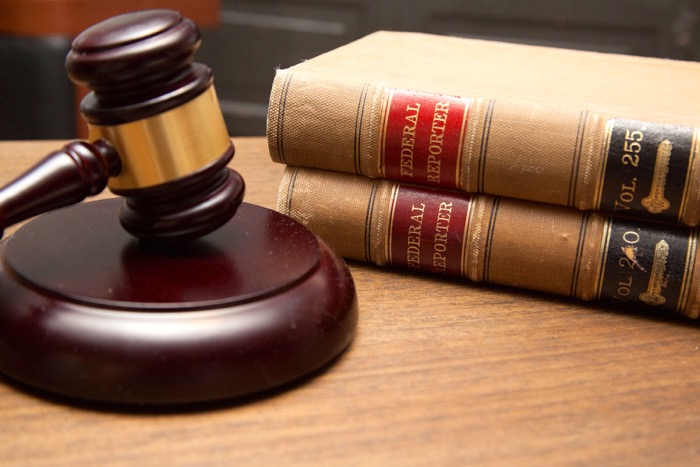
Reporting on court hearings requires an understanding of local laws and knowing what can be reported and what can‘t.
This module was written for a journalism training course in south-east Europe which was dealing with the basics of newspaper reporting. Those attending had no previous journalism experience or training.
Reporting court proceedings
Some journalists choose to specialise in court reporting and become experts in the field. Others learn about it through their basic journalism training courses and by covering smaller court hearings.
All need to understand the rules, constraints, the law, what can and cannot be reported, and how to deal with the public after the court hearing is over.
- Constraints: Courts of law are a controlled environment. Court reporters must operate within these controls.
- Authority: The judge is in charge of the court and what happens inside it. The judge has to keep order and usually has the power to imprison those who show contempt of court. That could include you.
- Local laws: Most countries have their own sets of laws covering court reporting. You must know them inside-out. Journalists need to act within the law or they may end up in the dock themselves.
- Facts: The most interesting elements in any trial are usually the verdict and the sentence. These will normally provide the lead to your story (assuming the trial has finished).
- Judgement: In most countries there is a presumption of “innocence until proven guilty”. This should be borne in mind while a trial is in progress and reflected in your copy.
- Accuracy: Ensure you get EVERYTHING right. Check names, spellings, titles and responsibilities. Fair and accurate journalism is the basic requirement.
- Notes: In courts, as in all other reporting, you should make notes carefully and keep them safely. They may be needed later if your report is disputed.
- Fairness: The arguments used by the prosecuting and defence lawyers should be reported in an even-handed way, regardless of the evidence and what is said in court.
- Drama: Dramatic performances by the judge, lawyers, or witnesses make excellent copy. Make sure that you capture all elements.
- Performance: Trials often hinge on a clever piece of detective work, or advocacy. Ensure you spot these and highlight them in your reporting.
- Discipline: It is not particularly skilful to report everything that has been said. It is much more skilful to use only the most interesting and significant parts of a trial.
- Background: Big stories need big coverage. Before the trial, discover as much background as you can, and have it ready for publication after the verdict.
What next?
The trial may be over but the story continues. Some of the most important elements of your story may be the interviews afterwards with witnesses, family, police etc. Make sure you leave the court in time to get the interviews.

Questions
- What are the main elements that journalists must understand when reporting on court proceedings?
- Why is it important for court reporters to have a thorough understanding of local laws?
- How does the role of the judge influence the environment and proceedings within a courtroom?
- What is the significance of the presumption of “innocence until proven guilty” in court reporting?
- Describe the importance of accuracy in court reporting and the potential consequences of inaccuracies.
- How should court reporters handle the arguments presented by prosecuting and defence lawyers to ensure fairness?
- In what ways can dramatic performances in court enhance a journalist’s report?
- Why is it important for court reporters to exercise discipline in their reporting, and how can they achieve this?
- How can background research contribute to the quality of a court report, especially for big stories?
- What steps should a journalist take after a trial concludes to ensure comprehensive coverage of the story?
Answers
- Journalists must understand the rules, constraints, local laws, and how to interact with the public after court hearings.
- Understanding local laws is crucial to ensure that journalists report within legal boundaries and avoid legal repercussions.
- The judge maintains order in the courtroom and has the authority to enforce rules, including imprisoning those who show contempt of court.
- The presumption of “innocence until proven guilty” ensures that reporting remains unbiased and does not prematurely judge the accused.
- Accuracy is vital to maintain credibility and avoid legal issues; inaccuracies can lead to disputes and damage a journalist’s reputation.
- Reporters should present both sides’ arguments evenly, regardless of personal opinions or the evidence presented.
- Dramatic performances can make reports more engaging and highlight important moments in the trial.
- Discipline involves selecting the most significant parts of a trial to report, rather than everything said, to maintain focus and clarity.
- Background research provides context and depth, helping readers understand the significance of the trial and its outcomes.
- After a trial, journalists should conduct interviews with witnesses, family, and police to gather additional perspectives and details.
Related material








